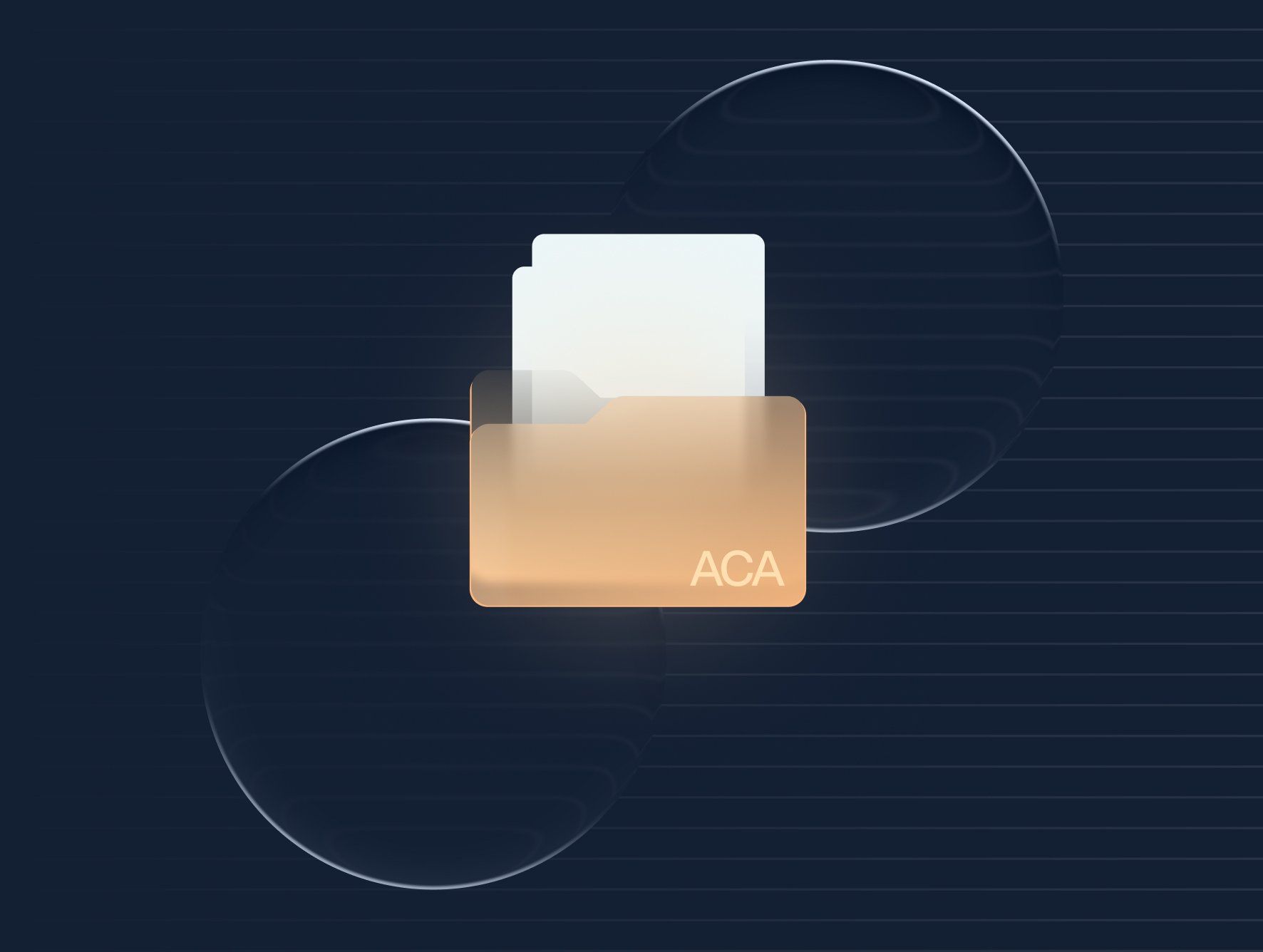Mergers and acquisitions (M&A) are exciting growth opportunities but for HR, benefits, and compliance teams, they can also be a logistical and regulatory minefield.
While most companies focus on due diligence before the deal closes, the real compliance risks often emerge after the acquisition is finalized — especially when it comes to Affordable Care Act (ACA) reporting.
If ACA compliance obligations aren’t carefully managed during and after the transition, employers can face costly IRS penalties, inaccurate filings, and even deal delays.
Why ACA Compliance Doesn’t End When the Ink Dries
Under the ACA’s Employer Mandate, Applicable Large Employers (ALEs) — those with 50 or more full-time or full-time equivalent employees — must offer affordable, minimum essential coverage to at least 95% of full-time employees and file accurate Forms 1094-C and 1095-C each year.
When two entities merge or one acquires another, the responsibility for compliance and reporting doesn’t disappear. In fact, it often becomes more complicated because:
- The target company remains responsible for ACA reporting for any period before the acquisition.
- In a stock purchase, the acquiring company assumes responsibility for ACA compliance and reporting after the acquisition date.
- In some cases, the IRS can hold the new parent company accountable for inherited ACA penalties — even for years prior to the deal.
Common Post-Acquisition ACA Compliance Challenges
After the acquisition closes, integrating ACA data and maintaining compliance can present several unique challenges:
- Multiple EINs and Reporting Entities: Each employer identification number (EIN) must have its own ACA filings. Consolidating employee data across EINs without losing historical accuracy is complex and error-prone.
- Inconsistent Measurement Periods: Companies often use different look-back or monthly measurement methods for determining full-time status. This misalignment can create coverage eligibility errors.
- Duplicate or Missing 1095-C Forms: Employees transferred mid-year may appear in both the target’s and acquirer’s systems, resulting in duplicate filings or missed forms — both of which trigger IRS red flags.
- Inherited Liabilities: If the acquired company previously failed to comply with ACA reporting, penalties can follow post-acquisition. There is a six-year statute of limitations, so those liabilities can surface long after a transaction is complete.
- Data Discrepancies Between Payroll and Benefits Systems: M&A often involves merging systems with different structures, file formats, or data rules — making ACA reporting far more complex.
Example: The Post-Acquisition Compliance Snag
Imagine a mid-sized tech firm that acquires another company mid-year.
- The acquired company had misclassified several full-time employees as part-time and failed to offer coverage.
- When the acquiring company submits consolidated ACA filings, the errors carry forward.
- Months later, the IRS issues Letter 226J assessing over $400,000 in penalties — most stemming from pre-acquisition reporting gaps.
Without proactive compliance monitoring, these hidden liabilities can derail integration efforts and impact the acquiring company’s bottom line.
How to Manage ACA Compliance After an Acquisition
1. Conduct a Post-Merger ACA Audit
Immediately after closing, conduct a full ACA compliance audit to identify data gaps, coverage inconsistencies, and reporting misalignments across both organizations.
Trusaic’s Penalty Risk Assessment tool helps uncover potential liabilities before they trigger IRS notices.
2. Align Measurement Methods and Eligibility Rules
Standardize your full-time employee measurement methodology across the combined organization to ensure consistency and accuracy moving forward.
3. Reconcile and Validate Data
Ensure payroll, HR, and benefits data are synchronized — ideally through bi-directional integrations like those between Trusaic’s ACA solution and platforms such as Workday and UKG Ready.
4. Maintain Separate 1094-C Filings for Each EIN (If Required)
Until legal entity structures are unified, each EIN typically requires its own 1094-C submission. Review IRS guidance or consult with compliance experts to determine filing obligations.
5. Monitor for IRS Letters and Notices
Post-acquisition is a common time for IRS Letters 5699 or 226J to surface, especially if prior-year filings were missing or inaccurate. Responding quickly — and accurately — can significantly reduce penalty exposure.
How Trusaic Helps Ensure a Smooth Transition
Trusaic’s ACA Compliance Solutions were built to handle the complexities of large, multi-entity organizations — making it ideal for mergers and acquisitions. We provide:
- Comprehensive Data Integration: Consolidates data from multiple EINs, payroll, and benefits systems.
- Penalty Risk Assessment: Detects hidden liabilities before they trigger penalties.
- Real-Time Data Validation: Identifies missing or conflicting ACA codes and coverage information.
- Audit Defense Support: Provides expert guidance and documentation for responding to IRS inquiries.
- Year-Round Monitoring: Keeps compliance continuous, even through organizational changes.
As M&A activity rebounds, organizations must treat ACA compliance as a critical part of the due diligence and integration process. Overlooking ACA obligations can lead to costly surprises that delay deals or reduce valuations.
Whether you’re acquiring, merging, or restructuring, ensure your ACA records are accurate, your filings are complete, and your risks are managed.
Schedule a demo to learn how Trusaic simplifies ACA compliance for complex organizations.








